Judging a Photo Contest: My Experience with FOCUS Photo L.A.
![]()
It began with an email one morning. The link in it led to the work of one hundred fifty photographers. I had 1,500 images to judge for Focus Photo, a s**t ton of looking to get it right. It wasn’t going to be easy to hold it all in my mind, to remember why I was making the decisions I was making.
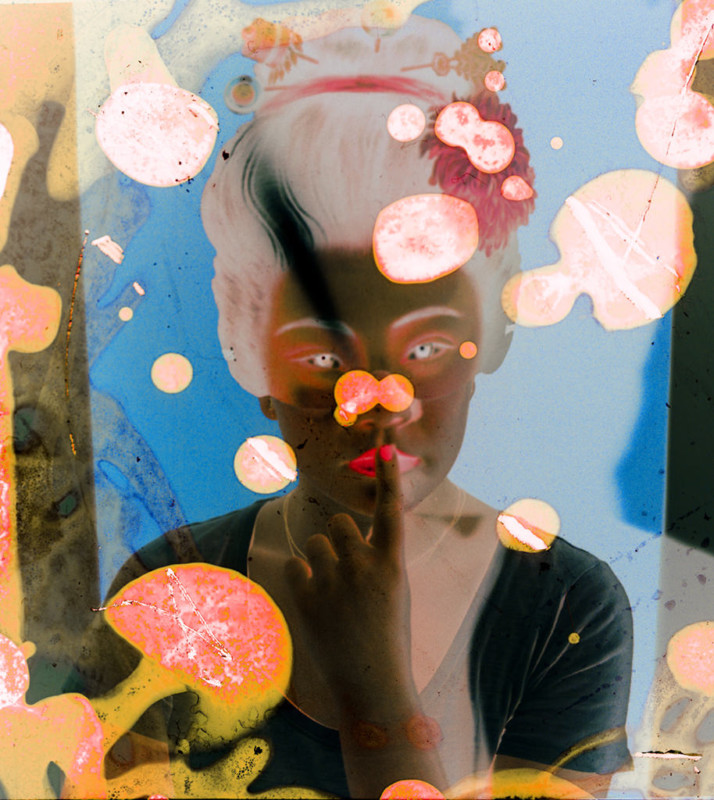
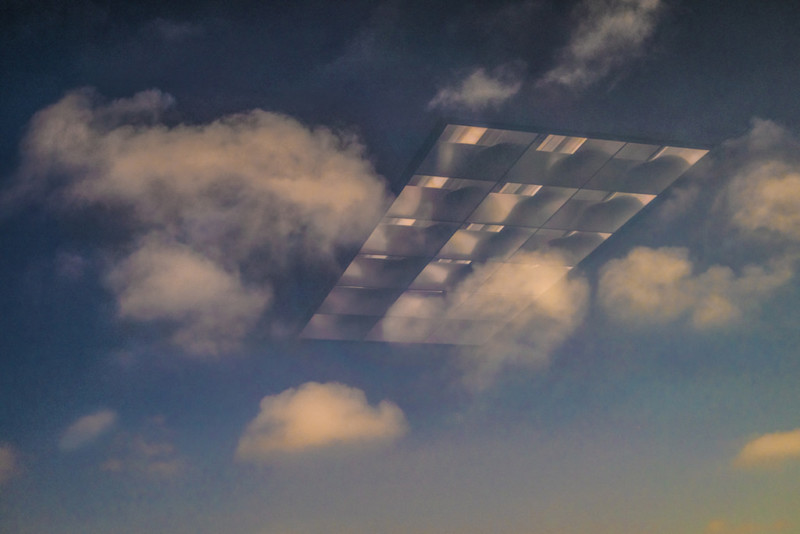
To start with, consistency. To get into the second round your work as a body had to score high enough to move you forward. One ten and three fives get you twenty-five points, four sevens get you to twenty-eight, got it? So I was looking for a body of work that was all headed in the same direction, with the same intention and skills shown each time.
A great lucky picture may live forever but it doesn’t make you a great photographer. Show me you aimed at the same bullseye for all the pictures so I can see how close you came to it.
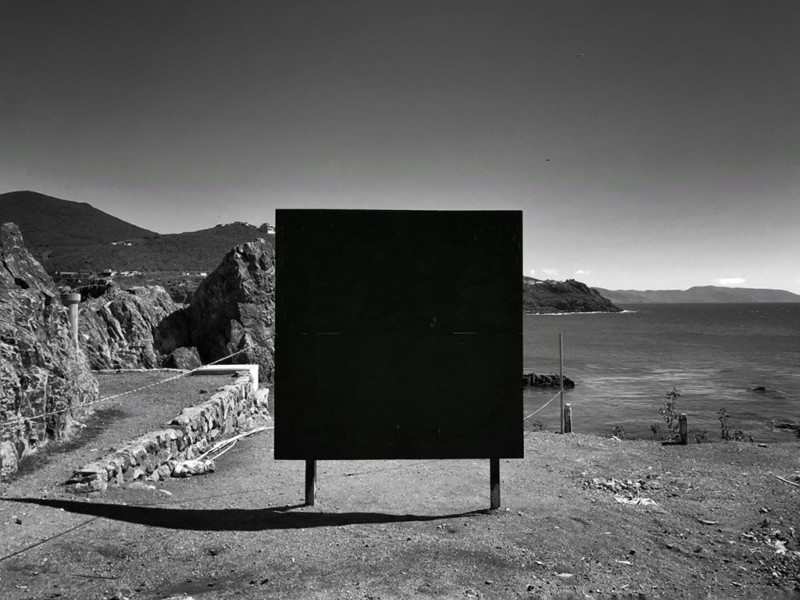
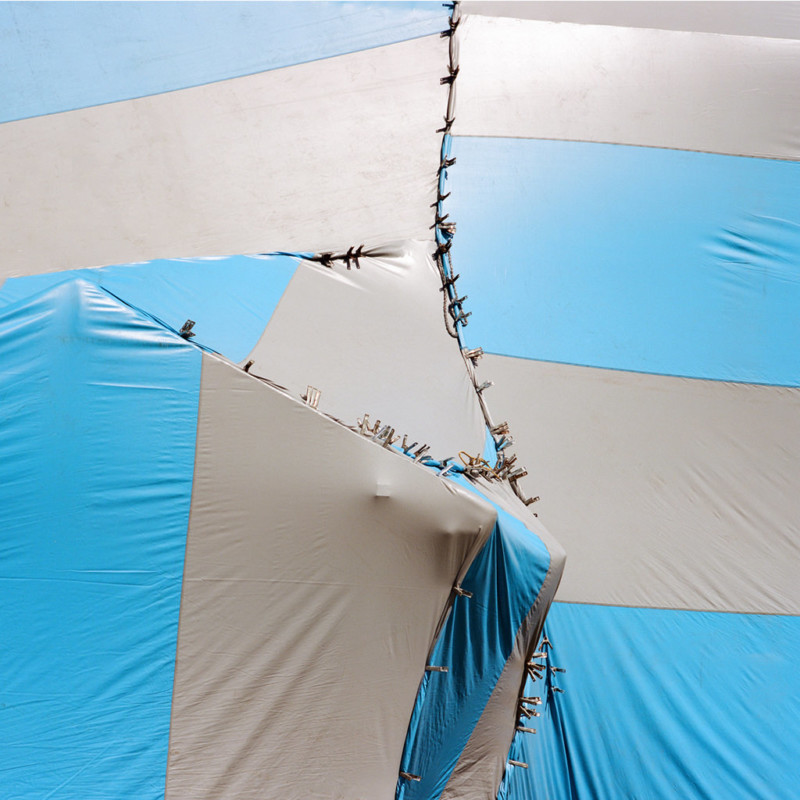
Second, craft. I’m not looking in a vacuum. You are up against a hundred and fifty other photographers. Many have spent years refining their skills, learning how to guide the viewer’s eye where they want it to go, learning how to make images that can’t come out of a phone filter. When I look at your work, I’m thinking about theirs too.
Maybe you need more woodshed time, maybe more staring at the work of others in galleries or museums or books. The good news is this is the part that can be learned.
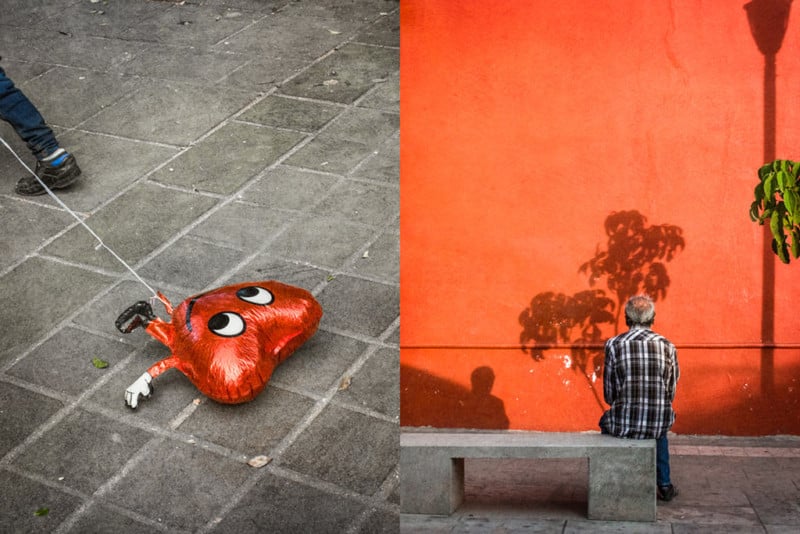
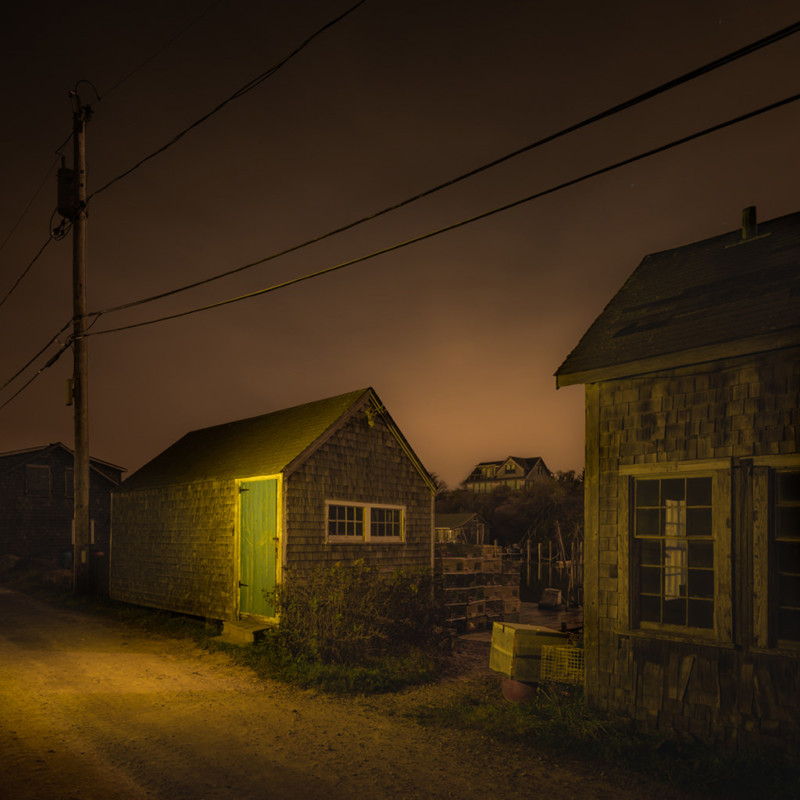
Content. What are you making pictures about? I understand you probably made your pictures as part of your journey and so in some sense, you had to. But having made them, they are now being looked at by others. What is the impact of your pictures on others? In some ways, this may be the hardest part that is under your control.
It’s not easy to put yourself outside of your work — in fact, it’s very difficult. But unless you are hugely dispassionate, it’s necessary to show your work to others and then listen hard to their feedback. The more you feel defensive, the more it’s time to pay attention. If you are lucky enough to have someone tell you why they didn’t fall in love with your work take their words into your heart and see what you can learn from them. F**ked huh?
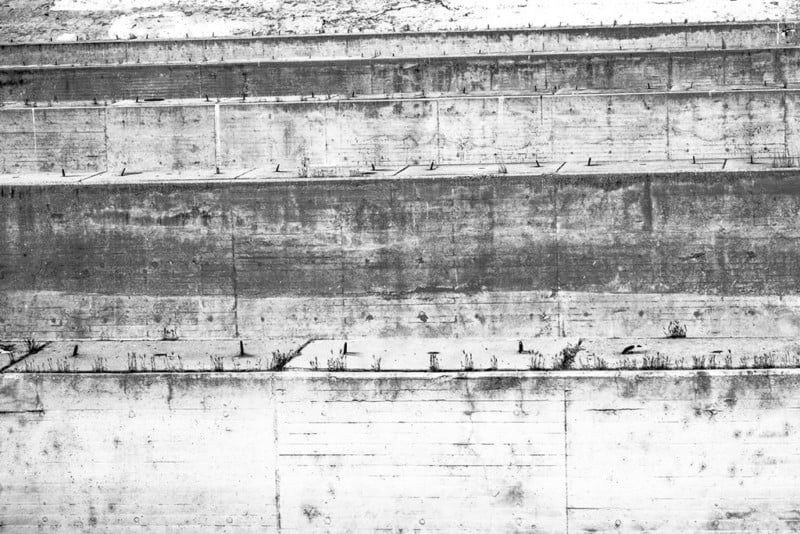
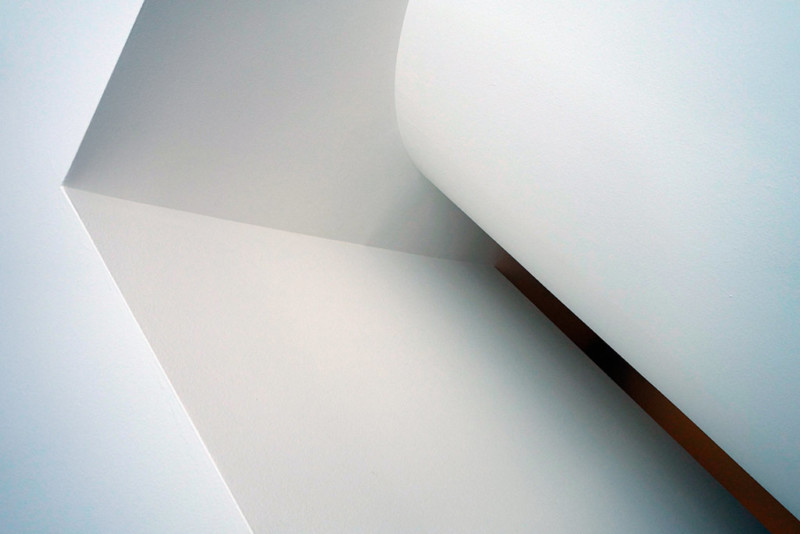
Where does it fit in the world? When I’m looking at your pictures I’m asking myself “Would I have it on my wall”? “Would I look at this in a magazine or online”? “Could I imagine this in a museum”? If the answer is no then I’m going to have a hard time giving it high marks. Pictures don’t exist in a vacuum, they live in the world, in some specific place in the world. If they live mainly in your head that doesn’t make them less valuable but that’s a small audience.
The next time you are making selections, ask yourself, where would I see this picture if someone else had made it. Wander through the pages of a magazine you like or your favorite curated photography website and see if you can imagine your picture in there among the others.
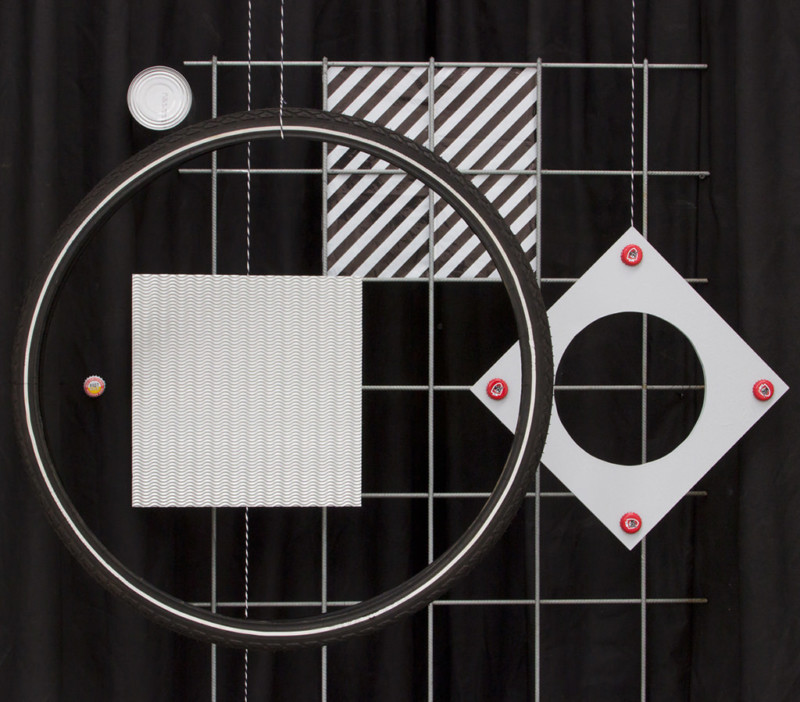
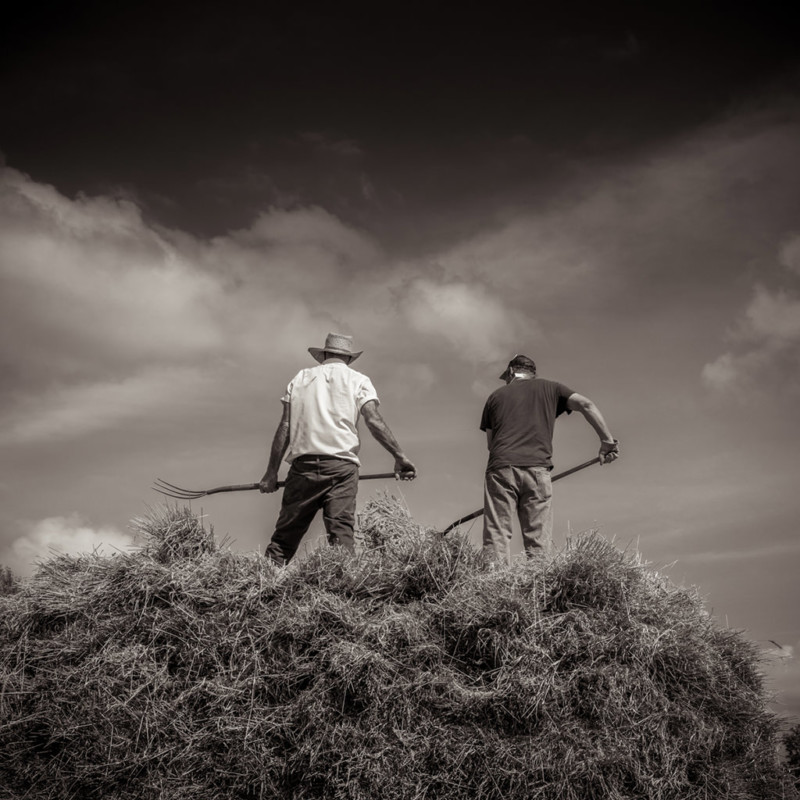
Make me feel something dammit! If you want to get to ten, stir my emotions. This is me now, not everyone but if you want to get my top scores your picture will have to connect with both my intellect and my emotions.
Intellect is easier I think. The well-formed picture, the use of light, the organization of the elements, I see that and I respect it and I give you points for it. That thing that stirs emotion, it’s not so easy to entice into your image as I well know. Nonetheless, the pictures we collectively remember and applaud have something that causes a direct visceral response in others. I look for it in my own work and I look for it in the work of others. It’s not easy to find and it’s easy to mistake your own emotional response to a picture you have made with the feelings of others but if I give a picture a ten you can be sure it stirred me.
Been there, done that. Not me but others. If you are working in a genre know that you will be judged by what has come before you. It can’t be helped…
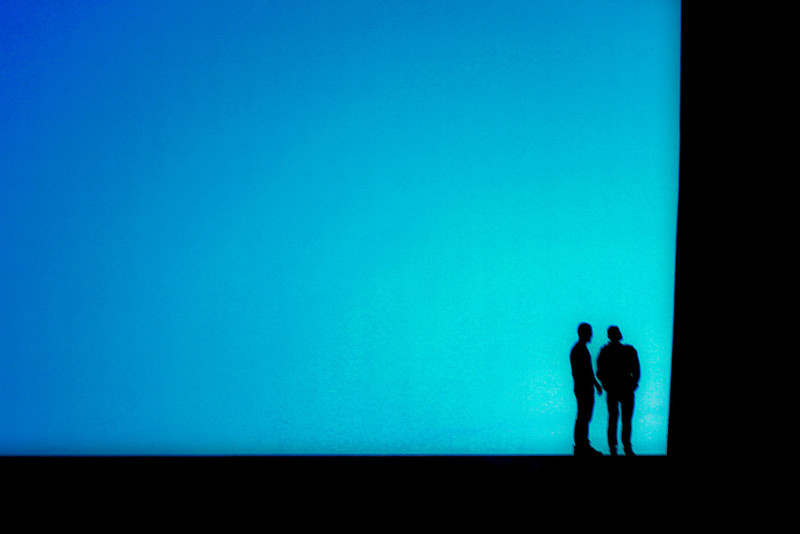
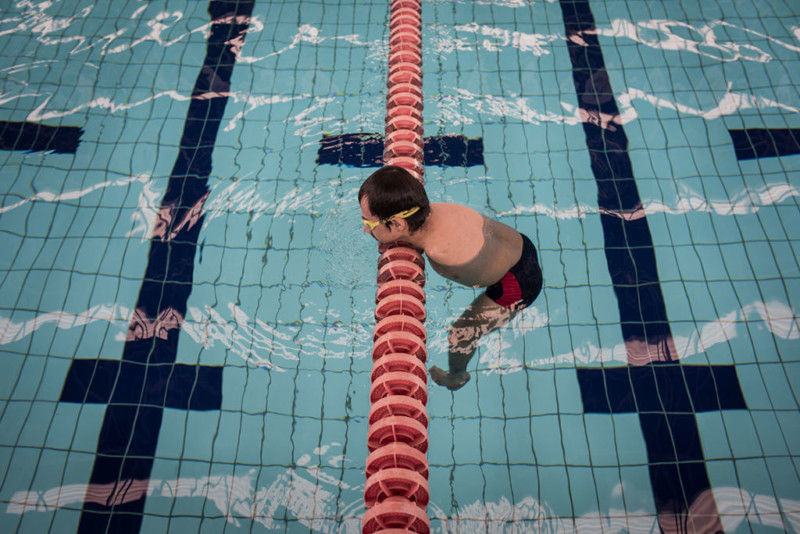
Here’s what I didn’t judge on: categories. Architectural, Street, Landscape, Portrait — that’s not what this contest was about. I also didn’t judge them in the context of the whole history of photography that has come before. That’s not what we were judging here, only the best of this year’s submissions. So I voted for the pictures I thought best and newest regardless of category. The ones that astounded, or amused, or awoke something in me.
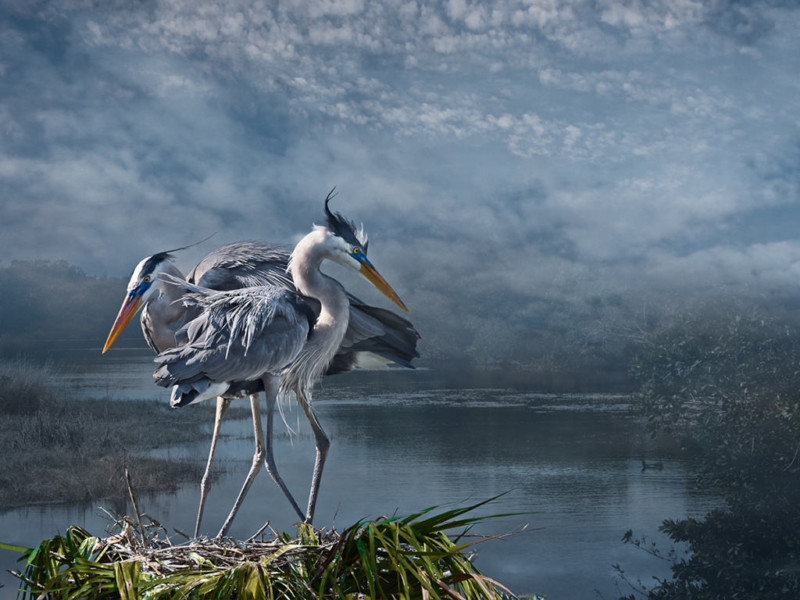
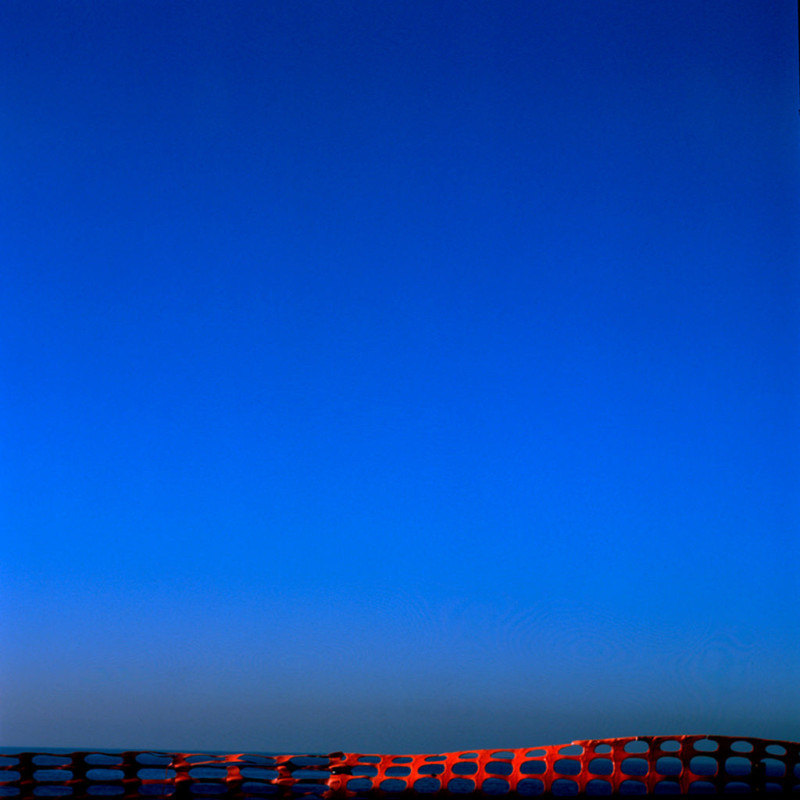
I have my biases, I can’t help it. I’ve been looking at and making pictures for sixty years. I do my best to appreciate work unlike my own and your good news is that I like a wide range of styles and subjects. Nonetheless, I’m sure I missed something while I was doing my looking and if it was your work, I’m sorry. That’s why the competition had three judges. So that there were enough eyes and opinions to make sure every picture got seen from multiple angles.
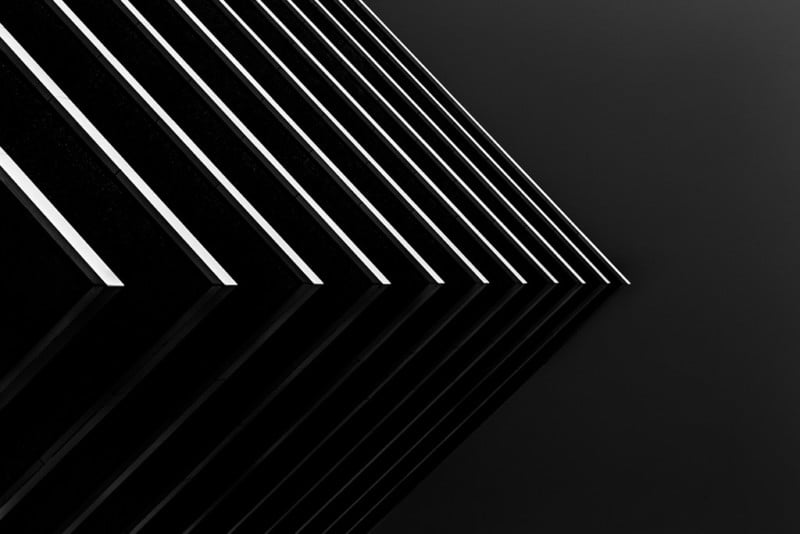
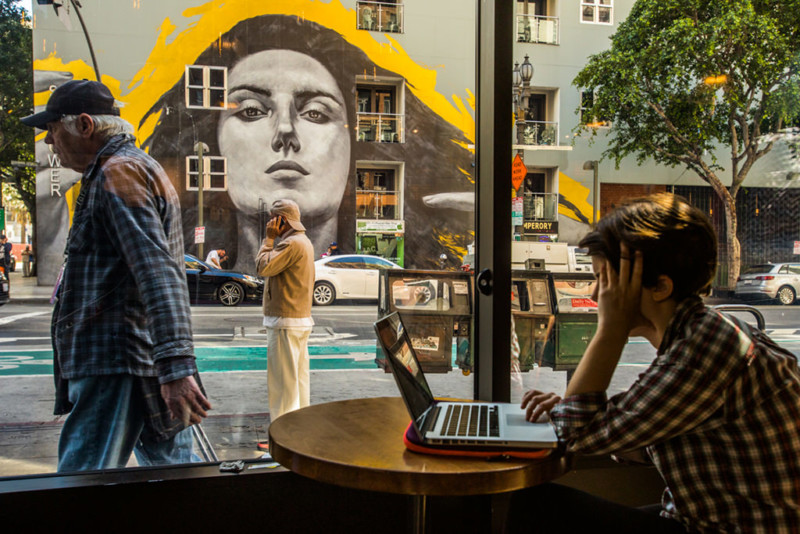
And as proof the system works, here’s a story about how things went. In the first round of judging all three judges looked at the work of all 150 photographers. We judged ten pictures from each one, giving each picture a score from one to ten. I spent days on this part, making a first pass then going back a second time after I had some knowledge of the whole field, then a third time a few days later to see if my feelings had changed.
When all that was done, I sent off my results and the other judges did too. Then the scores of all three judges were compiled to choose the twenty semifinalists we would judge for top honors. To my complete astonishment, the other judges didn’t totally agree with me! Although we agreed on many choices, they picked some pictures I had left behind and they left behind a few of my very favorite pictures. How could that be? Taste, opinion, a predilection for one kind of photography over another, who knows?
And that leads me to my final observation…
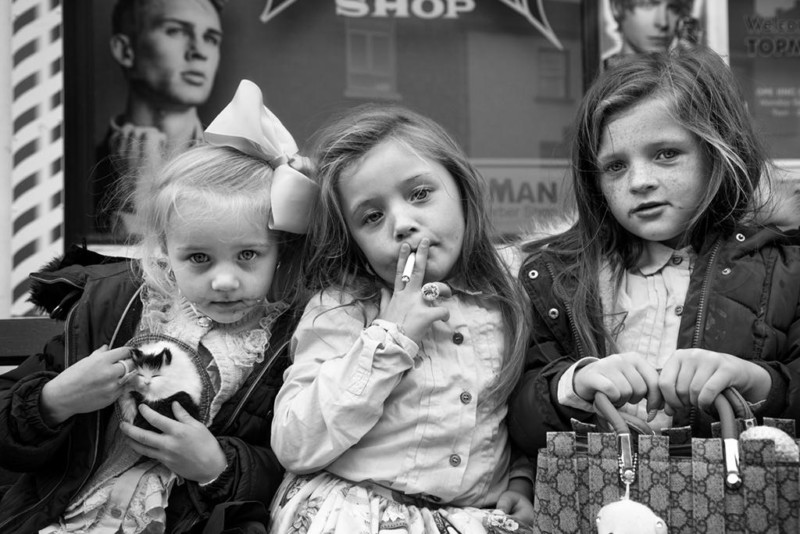

In the end, it’s entering that matters, not winning. It’s nice to win, of course, we all like validation and maybe a few bucks but it was always in the cards that 149 of you were not going to get that top prize. What you did get was the chance to look at your work from outside, to pick and choose with an eye to what the rest of the world sees and to reflect on your work and where it’s headed. The contest is a moment in time, a chance to put a pin in the map that marks where you are right now. The next time you enter a contest it will be an opportunity to put another pin in the map and between them, maybe you can see where you are headed.
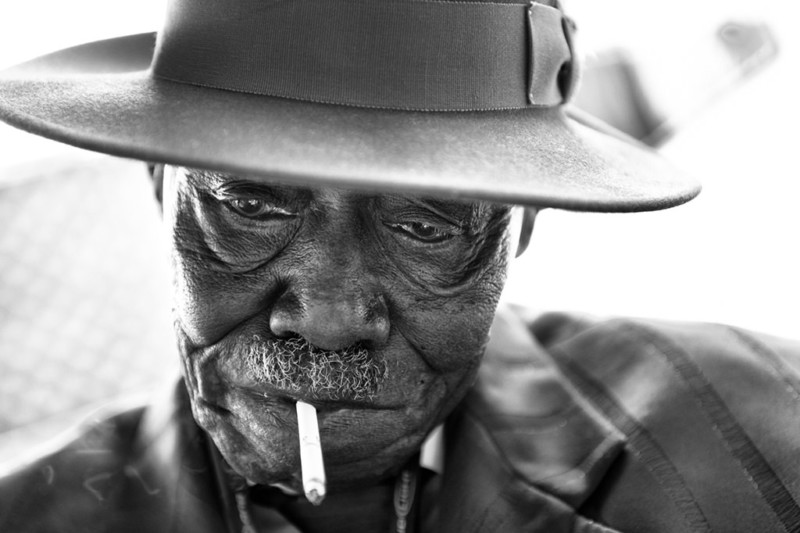

The contest is the organizing impulse, the moment for you to take stock and see your work afresh. That’s valuable every day, win or lose. Good luck next time!
Focus Photo L.A. is a venerable competition sponsored twice yearly by Photo L.A. and A & I Fine Art + Photography. Hundreds of photographers vie to have their work printed, framed and hung at Photo L.A. where it is seen by thousands of visitors.
The illustrations in this story are the twenty semi-finalists from which the three winners were chosen. All of them will be on display at the show. Congratulations to every one of them!
Photo L.A. takes place this year at the Barker Hanger, Santa Monica, CA from January 31st to February 3, 2019
This article was also published at L’Oeil de la Photographie.
About the author: Andy Romanoff is a photographer and storyteller. The opinions expressed in this article are solely those of the author. Romanoff is also a correspondent at L’Oeil de la Photographie. You can find more of Romanoff’s photos on his website and his writing work here.